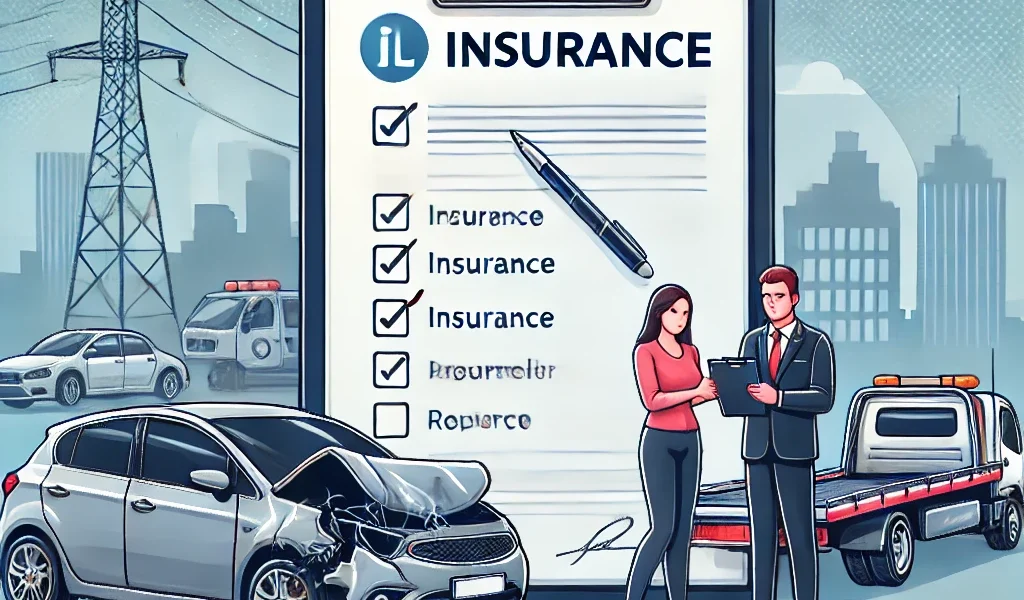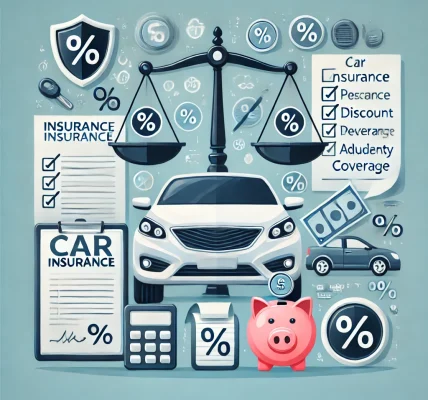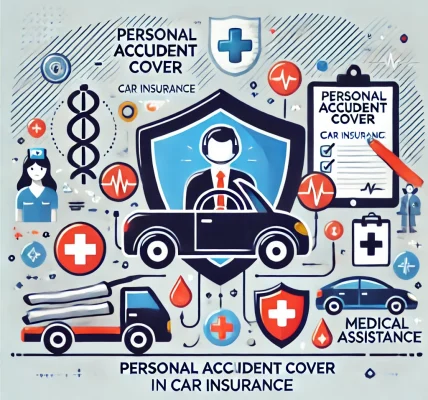Car accidents can be stressful, and dealing with insurance claims can add to the frustration. Understanding the right steps to take can make the process smooth, efficient, and stress-free. This guide provides a step-by-step approach to claiming car insurance after an accident, ensuring that you receive the compensation you deserve without unnecessary delays.
Step 1: Ensure Safety and Seek Medical Help
✅ Check for injuries: The first priority after an accident is safety. Check yourself, passengers, and others involved for injuries.
✅ Call emergency services: If anyone is injured, call 911 or emergency medical assistance immediately.
✅ Move to a safe location: If the accident is minor and your vehicle is blocking traffic, move it to a safer spot if possible. Turn on hazard lights to alert other drivers.
🔹 DIY Tip: Keep an emergency kit in your car, including first aid supplies, a flashlight, and a reflective warning sign.
Step 2: Gather Essential Information
✅ Exchange details with the other party: Collect the following information:
- Name, contact number, and address
- Driver’s license number
- Vehicle registration number
- Insurance company and policy number
✅ Document the accident scene:
- Take clear photos of the vehicles, damages, license plates, and the surrounding area.
- Note the date, time, and weather conditions.
- Collect witness statements and contact details, if possible.
🔹 DIY Tip: Use your smartphone’s voice recording feature to note down important details if you’re too shaken to write.
Step 3: Report the Accident to the Police (If Required)
✅ When to call the police: If the accident involves:
- Injuries or fatalities
- Significant property damage
- Hit-and-run incidents
- Disputes over fault
✅ Obtain a police report: The police report is a crucial document that helps with your insurance claim.
🔹 DIY Tip: Ask for the report number and a copy from the police to share with your insurer.
Step 4: Notify Your Insurance Provider Immediately
✅ Call your insurer as soon as possible to report the accident and initiate the claim process.
✅ Provide the necessary details:
- Policy number
- Accident details (date, time, location, parties involved)
- Photos and witness information
✅ Follow insurer’s instructions: Some insurers require an online claim submission, while others may send an agent for inspection.
🔹 DIY Tip: Keep your insurance company’s emergency contact saved in your phone for quick access.
Step 5: File the Insurance Claim
✅ Types of Claims: Depending on the nature of the accident, you may file one of the following claims:
- Own Damage Claim (if your car was damaged)
- Third-Party Claim (if another person’s property or vehicle was damaged)
- Personal Injury Claim (if you suffered injuries)
✅ Submit Required Documents:
- Claim form (available on insurer’s website or office)
- Copy of driver’s license and vehicle registration
- Police report (if applicable)
- Photos and evidence of damage
- Repair estimates (if needed)
🔹 DIY Tip: Double-check all documents before submission to avoid delays.
Step 6: Get Your Vehicle Inspected and Repaired
✅ Vehicle Inspection: The insurance company may send a surveyor to inspect the damage and approve the repair estimate.
✅ Authorized vs. Non-Authorized Repair Shops:
- Authorized repair shops: Direct billing to insurance (cashless claim)
- Non-authorized repair shops: You pay first, then get reimbursed
🔹 DIY Tip: Always choose an authorized garage to avoid out-of-pocket expenses.
Step 7: Claim Settlement and Reimbursement
✅ Cashless Claim Process: If your insurer has tie-ups with the repair shop, the insurance company will pay the amount directly.
✅ Reimbursement Process:
- Pay for the repairs upfront
- Submit original bills and receipts to the insurer
- Receive the reimbursement amount after verification
🔹 DIY Tip: Keep a copy of all bills and correspondence for future reference.
Step 8: Follow Up and Track Your Claim Status
✅ Monitor your claim status online through your insurer’s website or mobile app.
✅ Contact your claims adjuster if there are any delays or issues.
🔹 DIY Tip: If your claim is rejected, ask for a detailed reason and file an appeal if necessary.
Common Mistakes to Avoid When Filing a Car Insurance Claim
🚫 Not reporting the accident immediately – Delays can result in claim rejection. 🚫 Providing false information – Insurers verify details; dishonesty can lead to denied claims. 🚫 Skipping police reports for major accidents – Some claims require an official report. 🚫 Not keeping records of repairs and expenses – Always document everything. 🚫 Accepting quick settlements without proper assessment – Ensure you receive the correct compensation.
🔹 DIY Tip: Read your insurance policy terms carefully to understand what is covered and what is not.
Final Thoughts: Be Prepared and Stay Informed
Car accidents are unpredictable, but knowing the right steps for filing a car insurance claim can make the process much easier. By following this DIY guide, you can ensure that your claim is processed smoothly and that you receive the compensation you deserve.
Key Takeaways:
✔️ Act quickly – Report the accident and claim immediately. ✔️ Collect evidence – Photos, witness details, and police reports help support your claim. ✔️ Follow insurer guidelines – Each company has specific claim procedures. ✔️ Avoid common mistakes – Proper documentation and honesty are key. ✔️ Monitor your claim status – Stay informed throughout the process.
By following these steps, you’ll have a hassle-free experience when claiming car insurance after an accident. Stay safe and drive responsibly! 🚗💡




